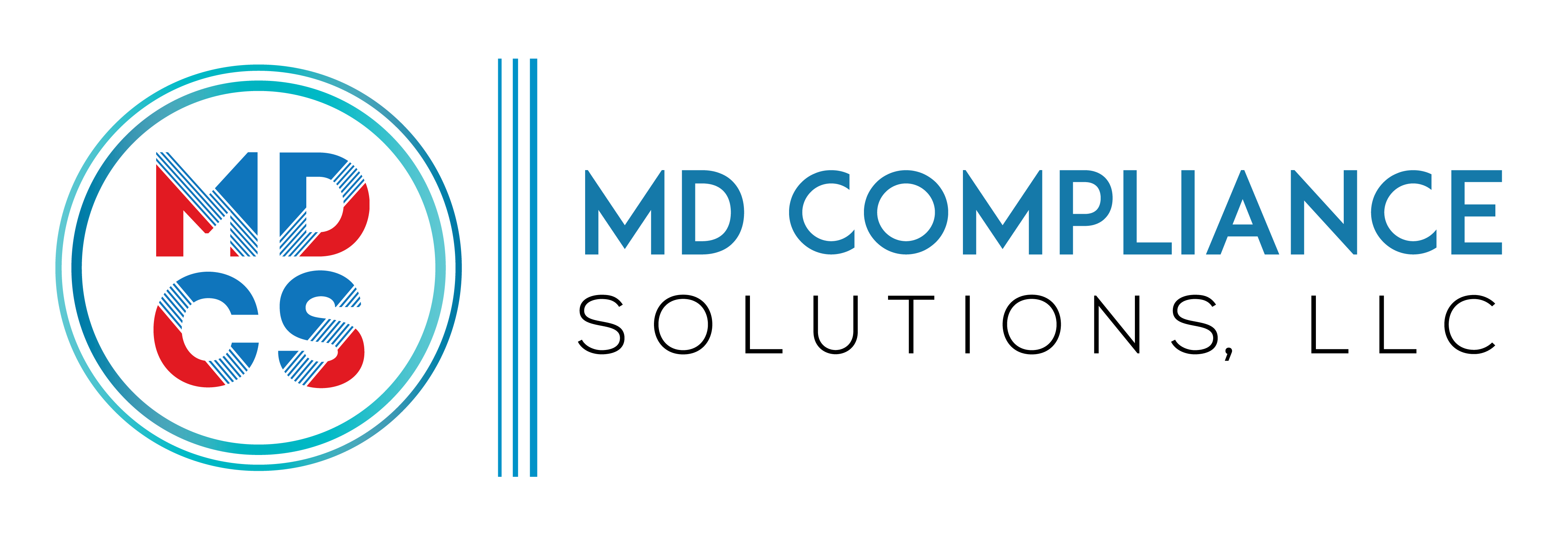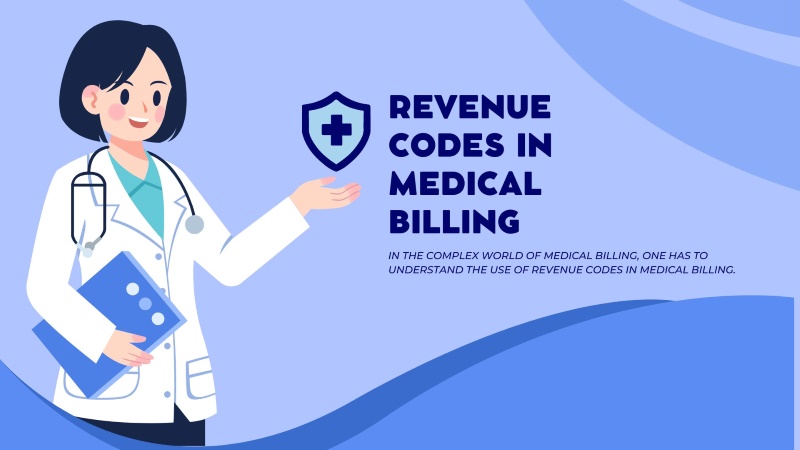Table of Contents
In the complex world of medical billing, one has to understand the use of revenue codes in medical billing. Revenue codes are extremely critical when the services provided to patients in healthcare settings. Revenue codes play an important role in medical billing because they accurately describe the operations, services, and materials provided by healthcare providers. For the purpose of accurately billing and receiving payment, healthcare specialists must comprehend the significance of revenue codes and their operation. This is a crucial component of the revenue cycle management solution. In essence, revenue codes are the backbone of medical billing, making sure healthcare practitioners are fairly compensated for the services they offer.
What Does a Revenue Code in Medical Billing Mean?
Revenue codes are used in medical billing as standardized identifiers to classify the different services that are offered to patients inside the healthcare facility. These codes make up the revenue cycle management solution and offer a globally accepted method for classifying various services, such as lodging and board costs, diagnostic imaging tests, medicine dosage administration, and all other treatments, including surgical procedures, into the relevant categories. Each code corresponds to a specific type of treatment, allowing for precise billing and payment. Using these codes, suppliers can make sure that they receive proper reimbursement for the services they provide.
The systematic reporting and documenting of revenue codes facilitates accurate billing and reimbursement processes. By assigning unique revenue numbers to every service rendered, transparency and regularity in pricing procedures are improved. By guaranteeing uniformity in the documentation of services rendered, this strategy maximizes revenue capture for healthcare organizations while helping them comply with regulatory compliance standards. It serves as a standardized language that healthcare practitioners use to communicate with insurance firms and government payers.
Objective of Revenue Codes in Medical Billing
Healthcare companies regularly need revenue codes to monitor and evaluate their financial performance, and decide the best way to allocate resources and run their operations. Using standardized codes makes it easy to calculate appropriate reimbursement rates, ensure proper invoicing, and track the types of treatment provided. Furthermore, in addition to providing high-quality patient care, they are the cornerstone of efficient revenue cycle management, assisting healthcare providers in navigating the complexities of medical billing to maintain their financial stability. Lastly, revenue codes help to expedite the billing process and ensure that healthcare professionals are compensated fairly for their services.

Variations in Revenue Codes
These codes usually consist of three or four digits, the first digit of a revenue code is usually zero. Revenue codes were originally three-digit codes, but as healthcare procedures changed, four-digit codes were used. A revenue code’s final digit is frequently important; a zero denotes generic services, while a nine denotes ambiguous or other services falling within a certain category. Health care professionals can reduce the chance of claim denials or payment issues and streamline their billing procedures by comprehending and adjusting to these discrepancies. There may be variations or special requirements for how different government departments, insurance companies, and healthcare providers use revenue codes. To maintain compliance and prevent mistakes, it is critical to stay updated on the most recent coding principles and laws.
Revenue Cycle Management Optimization
Revenue cycle management (RCM) is a way of managing all administrative duties related to acquiring, handling, and collecting revenue from patient services. In order to streamline billing, health care service providers need to tighten their billing processes, adhere to reporting regulations, enhance financial performance, increase patient satisfaction, comply with industry rules, and implement the right technology. Health care organizations can use digital innovations, routine checks, and adherence to coding requirements to enhance their income optimization techniques and attain financial stability.
The Basis of Revenue Codes
Revenue codes, which serve as standardized means of identifying various healthcare services supplied to patients, are at the core of medical billing. Revenue codes are crucial for revenue cycle management solutions in the healthcare industry because they provide a methodical approach to claims, payments, and revenues.
These regulations specify particular kinds of lodging and services and guarantee that bills are paid on time and correctly. If you are unsure about the correct code, consult different coding sources to ensure the accuracy of your pick. According to official coding guidelines like the CPT (Current Procedural Terminology) handbook and ICD-10-CM codes. These resources include thorough descriptions and definitions for each code.
Revenue Codes’ Function in Health Care Financing
Using one or more code combinations on a patient’s bill, revenue codes allow for the precise tracking of claims, insurer payments, and overall revenue creation. This guarantees that payments are handled appropriately in accordance with the particular services rendered.
Consequently, revenue codes are essential instruments in the revenue cycle of a healthcare organization since they help to guarantee legal compliance and raise the likelihood of receiving payment for the full value of services provided. It also makes it possible for caregivers to effectively handle the difficulties associated with paying for healthcare, ensuring that they can continue to support their patients and maintain their financial stability. Understand the nature and complexity of the medical operation or service being provided. This will assist you in identifying the most suitable code.
Guiding Revenue Code Classification’s intricacies
Understanding the intricate way in which these codes are used and arranged inside the healthcare billing system is necessary for this process. The term “revenue code” describes standardized identifiers, assigned numerical codes to various patient accommodations and services. These codes are arranged hierarchically according to classification or specificity levels.
For these specialists, it should be obvious how to classify services and provide the proper revenue codes because of the particular regulations and structure needed to maintain compliance requirements and appropriate compensation. Use modifiers to provide additional information about the operation or service. Modifiers can help clarify unique situations, various methods, or particular methodologies.
Top Tips for Selecting a Revenue Code
For healthcare businesses to guarantee correct billing and reimbursement procedures, best practices in revenue code selection are essential. These procedures entail giving careful thought to a number of variables in order to identify the proper revenue codes for patient services. Understanding the type of services being offered, where they are located, and any particular needs specified by payers or regulatory bodies are important factors to take into account. If you find complex or ambiguous circumstances, connect with a qualified coding professional or medical billing expert for help. If several procedures are connected and done during the same encounter, consider consolidating them into a single code. This can streamline the billing process and possibly lower administrative costs.
In summary
Since revenue codes are essential to accurately documenting the services provided to patients, medical billing makes use of this idea. Therefore, in order to minimize difficulties for health care providers in providing medical billing services, it is crucial to have the most comprehensive understanding of the numerous codes in each revenue code and how to execute them. Using best practices for billing and coding is essential to meeting financial goals and delivering effective and high-quality patient care in the dynamic healthcare sector.
Related Reading: Why is outsourcing to a medical coding and billing company beneficial to a medical practice?


